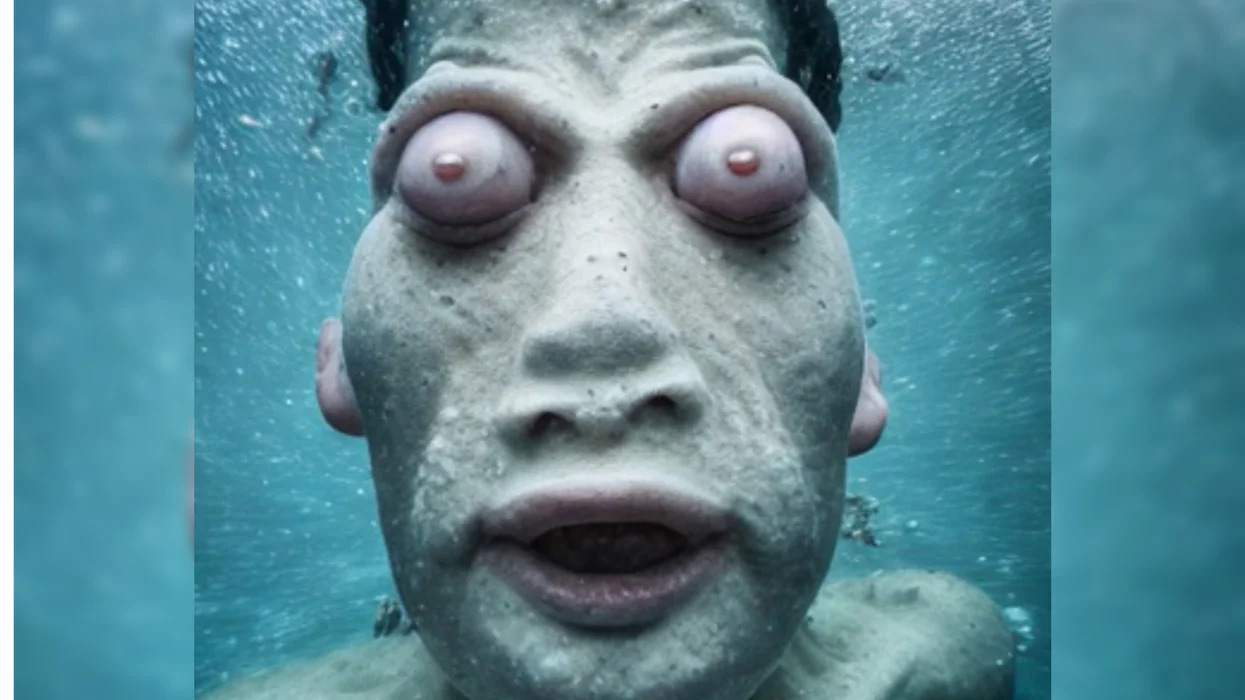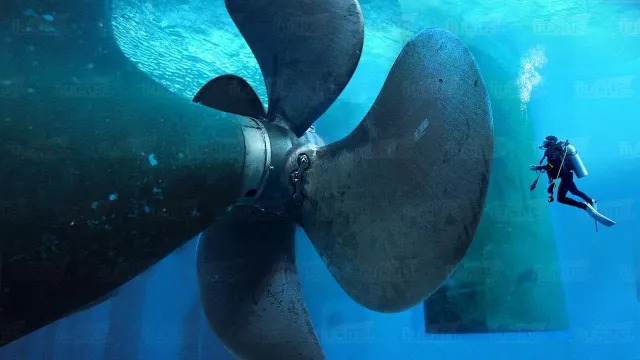Submechanophobia Test - Discover If You Have It
Everyone is afraid of something but when it comes to phobias, there are a few that stand out as exceptionally unusual. One such phobia, likely unheard of to many, is Submechanophobia—the fear of man-made objects being partially or completely submerged in water and there's a Submechanophobia test that is going around TikTok to know if you have it.
Author:Raven NoirReviewer:Xander OddityJun 27, 20237.5K Shares157.1K Views

Everyone is afraid of something but when it comes to phobias, there are a few that stand out as exceptionally unusual. One such phobia, likely unheard of to many, is Submechanophobia—the fear of man-made objects being partially or completely submerged in water and there's a Submechanophobia testthat is going around TikTok to know if you have it.
What Is Submechanophobia?
Submechanophobia manifests as an intense unease or fear when confronted with the sight of human creations submerged in water. While it may not claim the title of the strangest phobia, given the existence of fears ranging from balloons and Scottish accents to chewing food and overflowing baths, it certainly occupies its unique niche.
After all, if something exists or has existed, there is a high probability that someone, somewhere, has experienced fear associated with it. Thus, the concept of individuals being afraid of submerged objects is not entirely far-fetched.
Submechanophobia Test Reveals The Terrifying Glimpse
A compilation of compelling images curated by TikTokers @br1ghtfacts serves as a litmus test for Submechanophobia. Designed to evoke fear or unease, these visuals shed light on individuals' fears, potentially revealing unknown aspects of their phobic tendencies. Among these images, one, in particular, resonates with people—regardless of whether they have Submechanophobia or not—the image of a sunken statue.
The sunken statue image within the test has proven to be a startling trigger for many individuals. It has been described as a jump scare, evoking a peculiar sensation where one's "soul leaves their body for a second."
Even those who are typically unaffected by the other images find themselves genuinely scared or unsettled when confronted with the sight of this submerged statue. Such reactions prompt curiosity as viewers question the source of their fear, acknowledging involuntary flinching or an unexplainable sense of unease.
For some, the test serves as a confirmation that they do not possess Submechanophobia. However, others find themselves contemplating the possibility of uncovering a previously unknown phobia within themselves.
Some individuals express a fear of the dark, noting that submerged objects, detached from a source of light, acquire a significantly creepier aspect. The sight of murky water with mysterious silhouettes of submerged objects can induce genuine fear, leading to a profound self-reflection.

Submechanophobia Test
Does the sight of murky water with mysterious silhouettes of submerged objects instill fear in you?
Submechanophobia And Its Triggers
Submechanophobia manifests as an irrational aversion specifically toward fully or partially submerged man-made objects in the water. Buoys, shipwrecks, and even small metal fragments resting on the sea floor can evoke distressing scenarios for individuals with this phobia.
Unlike fears associated with drowning or dangerous marine life, which can be traced back to rational causes, submechanophobia defies logic. The presence of even the smallest and seemingly harmless object in the water can trigger intense fear and anxiety.
Causes Of Submechanophobia
The precise causes underlying submechanophobia remain shrouded in mystery. One possible explanation is the fear of the unknown, rooted in the inability to discern what lies beneath the water's surface. When swimming in conditions with low visibility, the natural instinct to question, "What just touched my leg?" arises.
Additionally, the visual distortion of objects caused by wave movements contributes to the perception that they are alive and capable of inflicting harm. The tendency to attribute intentions and character to moving objects, such as ships or airplanes, may further play a role in triggering fear-inducing thoughts of objects actively pursuing individuals.
Man-Made Objects Vs Living Creatures
One intriguing aspect of submechanophobia is its exclusive focus on man-made objects rather than living creatures inhabiting the water. This distinction can be attributed to the human mind's innate ability to detect incongruity. When observing fish in their natural aquatic environment, the brain readily accepts their presence.
However, encountering a random piece of metal on the ocean floor catches the brain off guard, triggering a fight-or-flight response. This response is characterized by familiar reactions like goosebumps and cold sweat, signaling the perceived potential hazard of encountering out-of-place objects.
Conclusion
In conclusion, Submechanophobia offers an intriguing glimpse into the world of uncommon phobias. As research continues to unravel its causes and manifestations, individuals afflicted with this fear can gain a deeper understanding of their psychological responses.
Whether it confirms existing fears or uncovers new phobias, the exploration of Submechanophobia sheds light on the intricate workings of the human mind and its relationship with the submerged objects that surround us.

Raven Noir
Author
Raven Noir is a captivating and enigmatic news reporter who unravels mysteries with a relentless pursuit of truth. Possessing an insatiable curiosity and an astute mind, Raven delves into the depths of complex stories, unearthing secrets that lie beneath the surface. With a masterful grasp of deduction and observation, Raven stands as a beacon of fearless investigation.
In the realm of journalism, Raven is known for his enigmatic presence, drawing people in with an aura of intrigue. Driven by an unwavering passion for unveiling the truth, Raven Noir continues to shed light on the darkest corners of society. Through captivating storytelling and unwavering determination, he challenges conventions and uncovers enigmatic secrets that lie just beyond the surface.

Xander Oddity
Reviewer
Xander Oddity, an eccentric and intrepid news reporter, is a master of unearthing the strange and bizarre. With an insatiable curiosity for the unconventional, Xander ventures into the depths of the unknown, fearlessly pursuing stories that defy conventional explanation. Armed with a vast reservoir of knowledge and experience in the realm of conspiracies, Xander is a seasoned investigator of the extraordinary.
Throughout his illustrious career, Xander has built a reputation for delving into the shadows of secrecy and unraveling the enigmatic. With an unyielding determination and an unwavering belief in the power of the bizarre, Xander strives to shed light on the unexplained and challenge the boundaries of conventional wisdom. In his pursuit of the truth, Xander continues to inspire others to question the world around them and embrace the unexpected.
Latest Articles
Popular Articles


